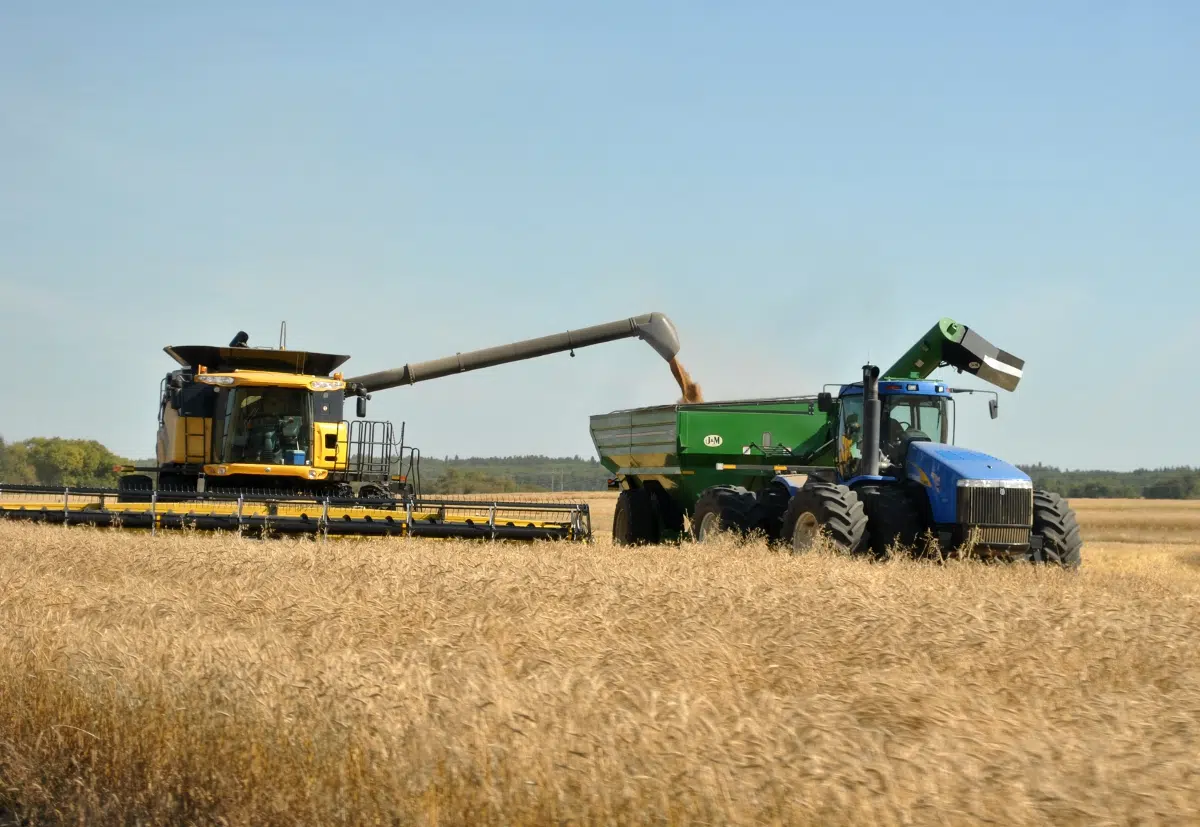
Early harvest continues in Prince Albert and area
Summer is just winding down but harvest is already underway.
Around Prince Albert and in the northeast region, two per cent of crops are already combined, according to this week’s Saskatchewan Agriculture Report.
So far, one per cent of crops are swathed or ready to straight cut in the area. According to reports, all fall rye has been combined, while 52 per cent winter wheat is in the bin and three per cent of peas have been harvested as well.
According to Shannon Friesen with Sask. Ag, operations are just getting started.


